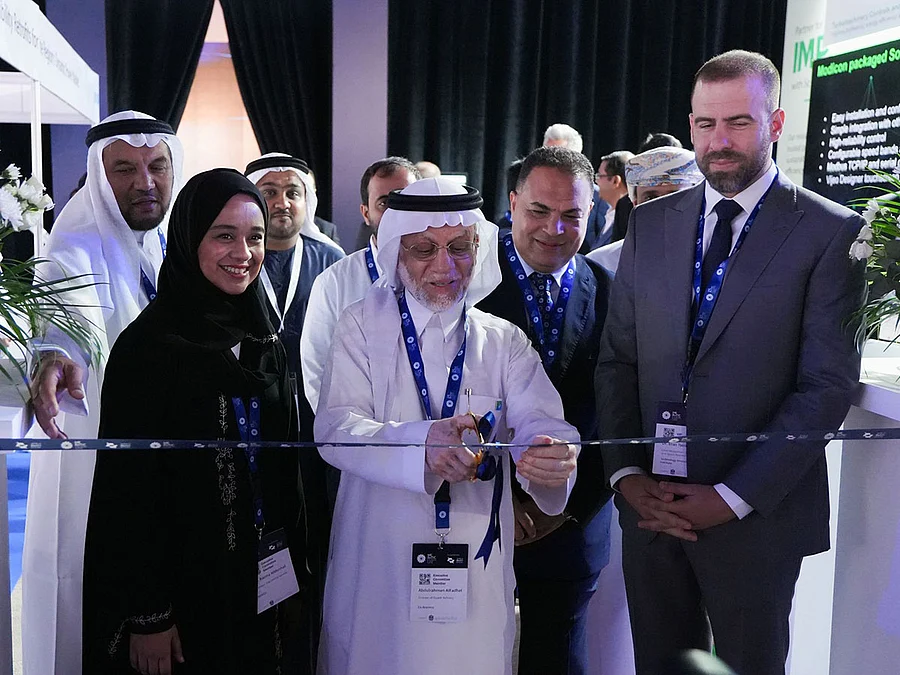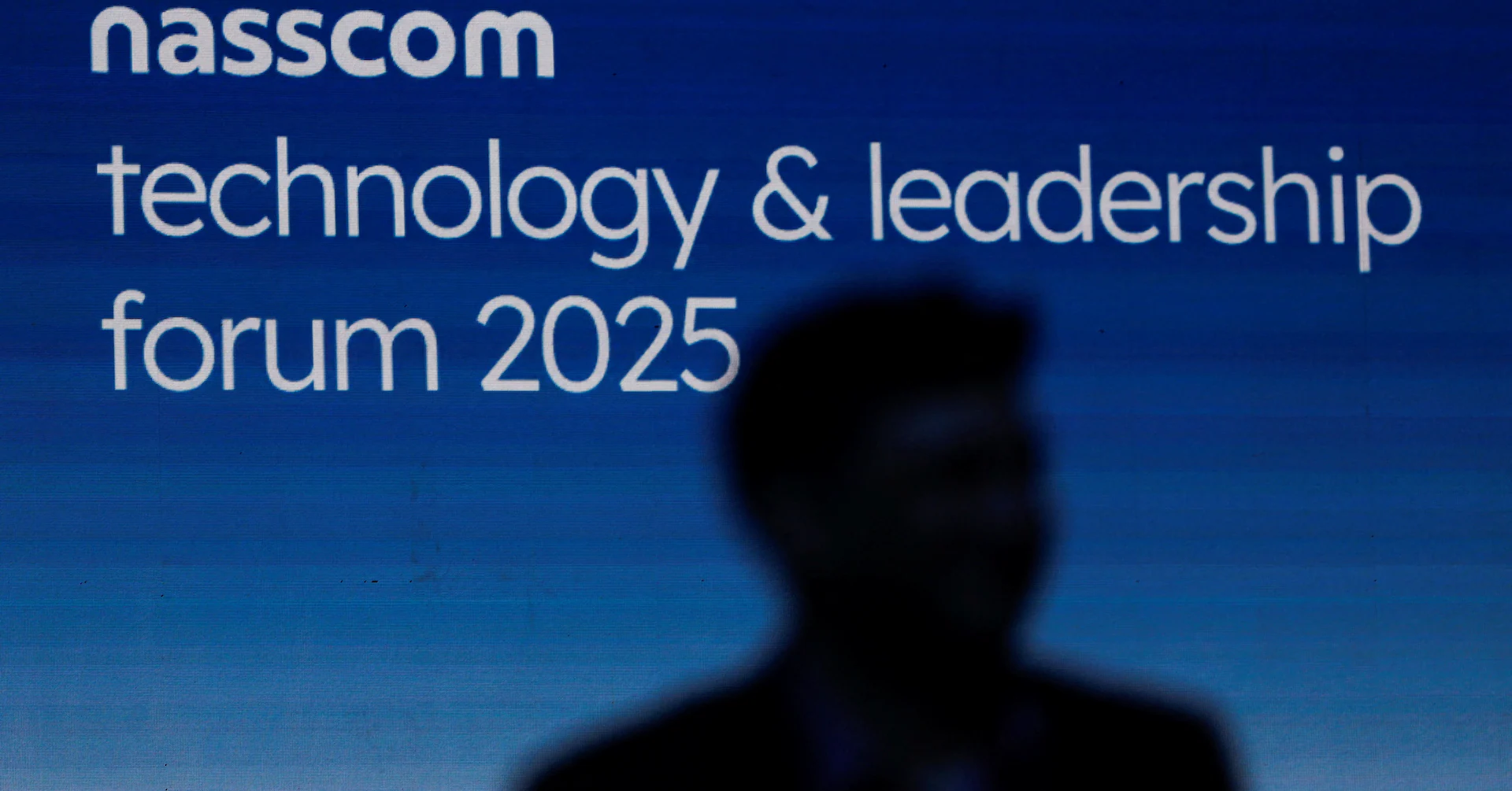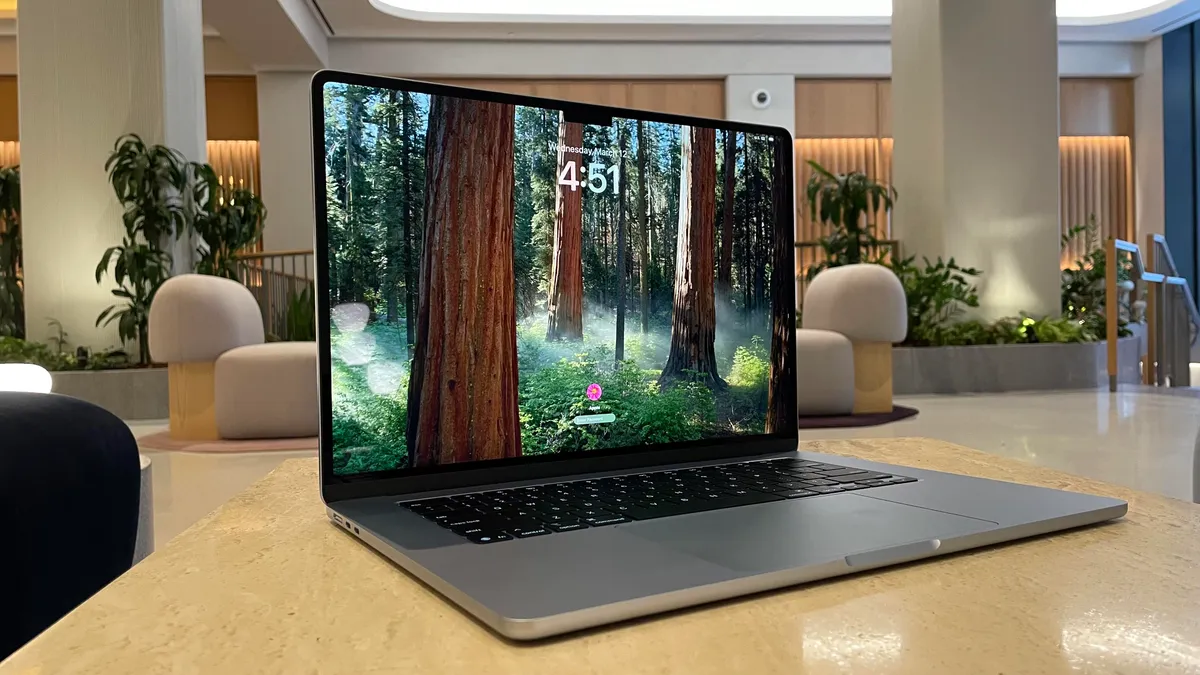
OpenAP. is broadening its mix.
The advanced advertising company, which was created by the former 21st Century Fox, Viacom and WarnerMedia, said it tapped a large group of new partners that will put a broader array of commercial inventory under its umbrella.
Newly added partners include Samsung, LG Ads, Hallmark Digital, Vevo, Allen Media Group’s Local Now, Future Today’s FawesomeTV, MediaCo’s Estrella and Canela, along with Yahoo DSP; FreeWheel and PubMatic; Screenvision; and Nexstar Media Group, Scripps Networks, Reelz and Audyns.
“In today’s fragmented video landscape, OpenAP is delivering on our promise of standardizing audience onboarding by giving advertisers and agencies the ability to uniformly define and efficiently distribute advanced audience segments across premium streaming and TV endpoints — all within a neutral platform,” said Ashley Luongo, chief revenue officer at OpenAP, in a statement.
OpenAP debuted in 2017 with a goal of backing a single system to facilitate a type of advertising buy that has become more common in recent years as new technology allows marketers to pick and choose the audiences they pitch with a greater deal of precision. Armed with reams of data about customer choice, viewer behavior and digital presence, Madison Avenue has grown more enchanted with “audience buying” deals based on narrower consumer segments – think first-time car buyers, expectant mothers, or orange soda drinkers – that some blue-chip advertisers find more meaningful than the traditional parameters, which largely have to do with age and gender.
In recent years, however, OpenAP has focused on helping advertisers make purchases as well.
The group adds more companies’ inventory at a time when doing so is fast becoming de rigueur. Amazon has in recent months struck pacts with Netflix, SiriusXM and Disney to make more platforms available to advertisers seeking to use programmatic technology to pick up availabilities. The hope is that giving marketers the chance to buy a broader set of programmatic inventory from a single venue might reduce the number of commercials they show to the same consumer, and improve the effectiveness of commercials by distributing them with more precision.
“As viewership bifurcates, advertisers are looking to expand their reach beyond linear without sacrificing audience quality or consistency,” said Eldad Persky, senior vice president, global product, engineering and business development, Samsung Electronics, in a statement.
.



